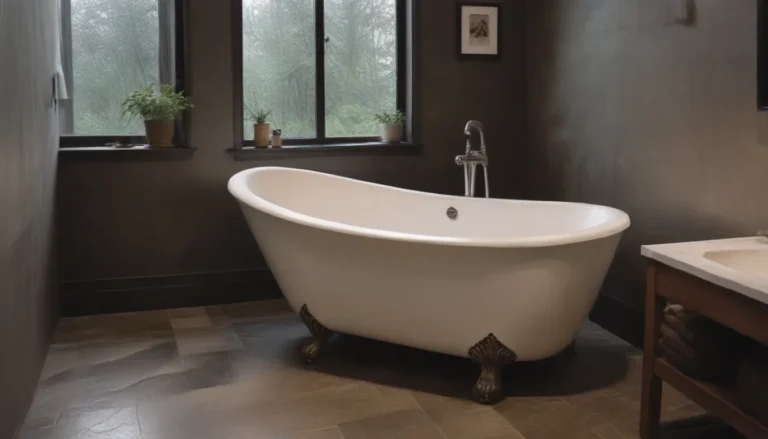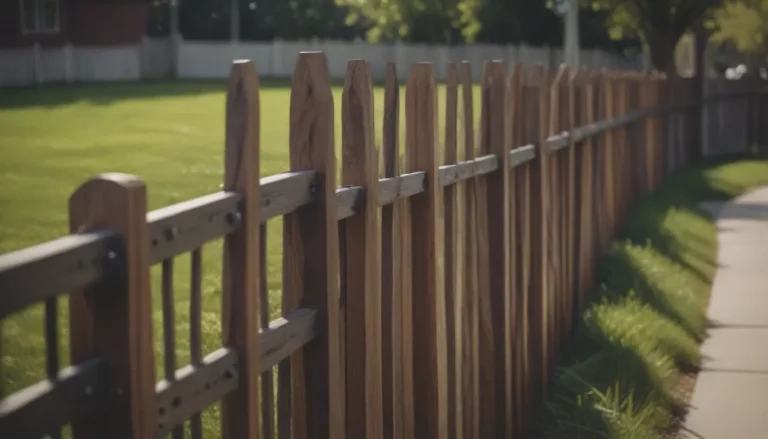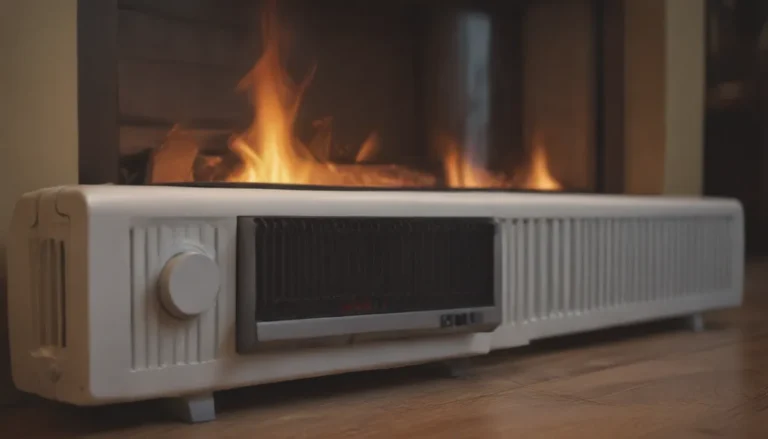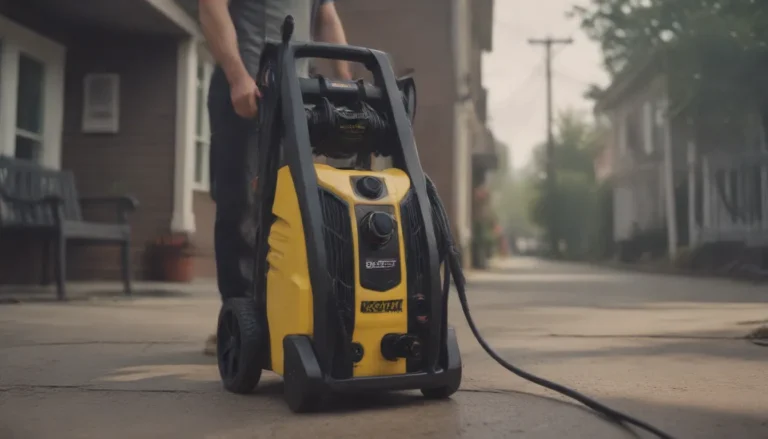Comprehensive Guide to National Electrical Code (NEC) Rules for Outdoor Wiring
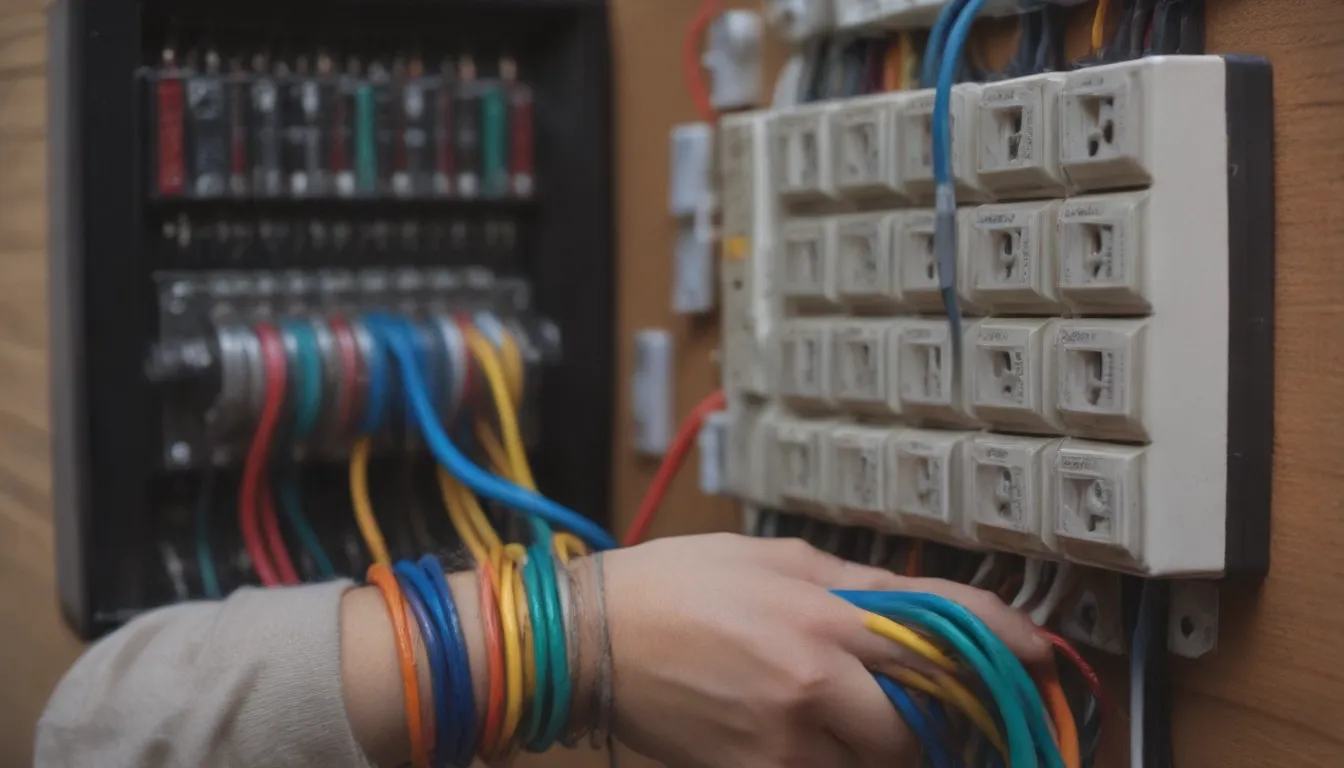
Are you planning an outdoor wiring project and want to ensure you follow all the necessary safety guidelines? Look no further than the National Electrical Code (NEC), which outlines specific requirements for the installation of outdoor circuits and equipment. In this comprehensive guide, we will walk you through the essential rules and regulations you need to know to complete your outdoor wiring project safely and effectively.
Importance of NEC Rules for Outdoor Wiring
When it comes to outdoor wiring, safety is paramount. The primary concerns involve shielding against moisture and corrosion, preventing physical damage, and managing issues related to underground burial. By adhering to the NEC rules, you can ensure that your outdoor wiring is installed correctly and up to code, reducing the risk of electrical hazards and ensuring the longevity of your electrical system.
Rules for Outdoor Receptacles
Outdoor receptacle outlets are crucial for powering various devices and appliances in your outdoor space. To reduce the risk of shock and ensure safe usage, the NEC has established specific rules for outdoor receptacles. Here are some of the key guidelines to keep in mind:
- Install Ground-Fault Circuit Interrupter (GFCI) protection for all outdoor receptacles to protect against electric shock in wet or damp conditions.
- Use weather-resistant outlet covers and boxes to protect against moisture and corrosion.
- Receptacles should be mounted at least 12 inches above the ground to prevent water from entering.
By following these rules, you can create a safe and reliable outdoor electrical system that meets the NEC standards.
Rules for Outdoor Lighting
Proper lighting is essential for enhancing the functionality and aesthetics of your outdoor space. When it comes to outdoor lighting, the NEC emphasizes the use of fixtures that are rated for damp or wet locations. Here are some key rules to consider:
- Install outdoor lighting fixtures that are specifically designed for use in moist environments.
- Use appropriate weatherproof wiring and connectors to prevent water intrusion.
- Ensure that all lighting fixtures are securely mounted and protected from physical damage.
By selecting the right lighting fixtures and following the NEC guidelines, you can create a well-lit and safe outdoor environment for your home.
Rules for Outdoor Cables and Conduits
Outdoor wiring requires special considerations to withstand the elements and ensure safe operation. While standard NM cable is not suitable for outdoor use, there are specific rules for outdoor cables and conduits that must be followed. Here are some important guidelines to keep in mind:
- Use cables and wires that are approved for outdoor use and have the necessary protection against moisture and corrosion.
- When using conduit for outdoor wiring, ensure that it is installed correctly and meets the NEC requirements for burial depth and protection.
- Follow manufacturer instructions for outdoor cable installation to maintain safety and compliance.
By selecting the right cables and conduits for your outdoor wiring project, you can ensure reliable performance and durability in any weather conditions.
Call Before You Dig
Before starting any outdoor wiring project that involves digging, it is crucial to contact the national “Call Before You Dig” hotline at 811. This service notifies utility providers in your area to mark underground lines, preventing accidental damage and ensuring your safety. Here are some key points to remember:
- Contact 811 at least three days before digging to have underground lines marked on your property.
- Use caution and hand tools when digging near marked lines to avoid damaging utility lines.
- Following proper excavation procedures can prevent costly repairs and potential electrical hazards.
By calling 811 before you dig, you can ensure a safe and successful outdoor wiring project without any unexpected complications.
In conclusion, understanding and following the NEC rules for outdoor wiring is essential for creating a safe and reliable electrical system in your outdoor space. By adhering to the guidelines provided in this guide, you can ensure compliance with the NEC standards and protect against potential hazards. Whether you are installing outdoor receptacles, lighting fixtures, or cables and conduits, following the rules outlined by the NEC will help you achieve a successful outdoor wiring project that meets all safety requirements.
Remember, safety always comes first when it comes to outdoor wiring. By educating yourself on the NEC rules and regulations, you can confidently tackle your outdoor electrical projects and enjoy a well-lit and functional outdoor space for years to come.


